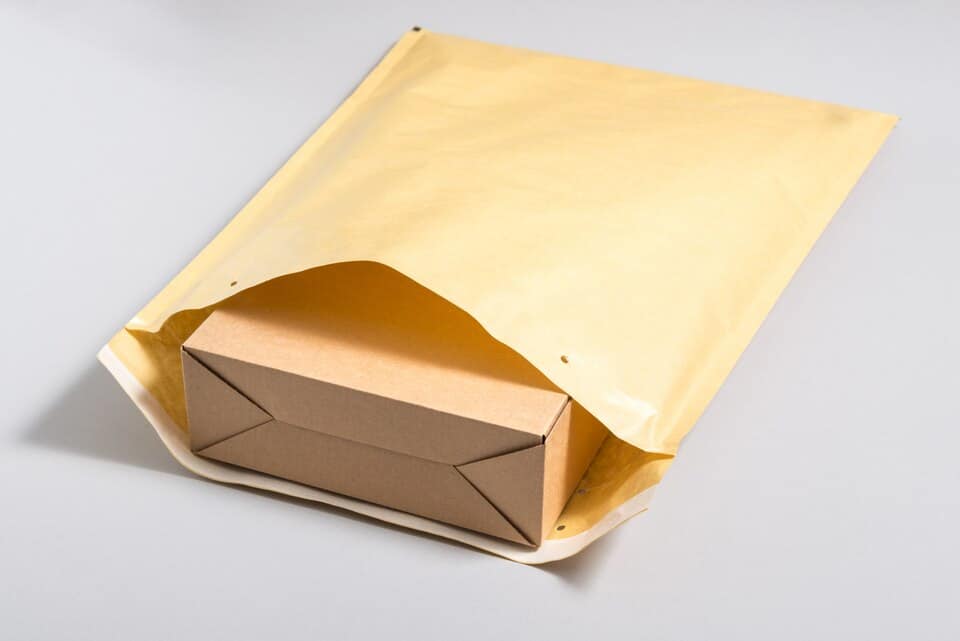
Selecting the right materials is a vital thing to consider when delivering items to ensure their safety and security.
Read along and explore the key factors to consider while choosing the right packing materials to make your packing experience smooth and secure.
The fragility of your items is one of the most critical factors to consider. Delicate and breakable items, such as glassware, ceramics, or electronics, require special care.
For small fragile items, opt for materials that provide extra cushioning and protection, such as bubble wrap envelope, foam, or packing paper.
Consider the size and weight of the items you’re packing. Larger and heavier items may necessitate sturdier boxes and reinforcement materials.
For exceptionally large or heavy items, you might need speciality moving boxes or crates to ensure their safety during transportation.
Be careful to look for the right dimensions and sizes when choosing bubble mailers or bubble envelopes for packing.
The distance your belongings will travel is another vital factor. Long-distance moves often require more durable packing materials to withstand the extended journey.
In contrast, short-distance moves might allow for lighter packaging. Consider the distance and select materials that can handle the specific demands of your move.
If packing items for long-term storage, you must choose materials that protect against dust, moisture, and pests.
Plastic bins or moisture-resistant packing materials can be particularly useful to preserve the condition of your belongings while in storage.
For environmentally-conscious individuals, sustainable packing materials are an excellent choice.
Opt for materials like biodegradable packing peanuts, recycled cardboard boxes, or reusable packing materials like plastic bins or crates. These options minimize waste and reduce your environmental footprint.
You can also opt for eco-friendly poly bubble mailers from Iretex Premier. We also offer other types of packing materials available there, such as padded bubble mailers and more.
Your budget is an essential factor when selecting packing materials.
High-quality materials like speciality boxes and cushioning materials can be more expensive, so it’s crucial to balance protecting your items and staying within your budget. Consider cost-effective alternatives while ensuring your items’ safety.
Sometimes, specific items have unique packing requirements. Artwork, antiques, or musical instruments, for example, may need custom crates or packing materials designed to fit their particular shapes and sizes.
Assess the specific needs of your belongings and invest in custom packing solutions when necessary.
Before we conclude, here are some additional tips to help you make the most of your packing materials:
Start Early: Begin gathering packing materials well in advance of your move. This allows you to collect all the necessary items and prevents last-minute stress.
Label Boxes: Clearly label each box with its contents and the room it belongs in. Proper labelling makes the unpacking process much more manageable.
Don’t Overpack: Avoid overloading boxes, which can lead to breakage or injury during lifting. Stick to the recommended weight limits for each box.
Use Padding: Always use padding materials like bubble wrap or foam sheets for fragile items. Don’t skip this step, even if you’re in a hurry.
Selecting the right packing materials is a fundamental aspect of a successful move or storage experience.
By considering these key factors and following the tips, you can ensure your belongings are well-protected and reach their destination or storage facility in the best possible condition.
WhatsApp us